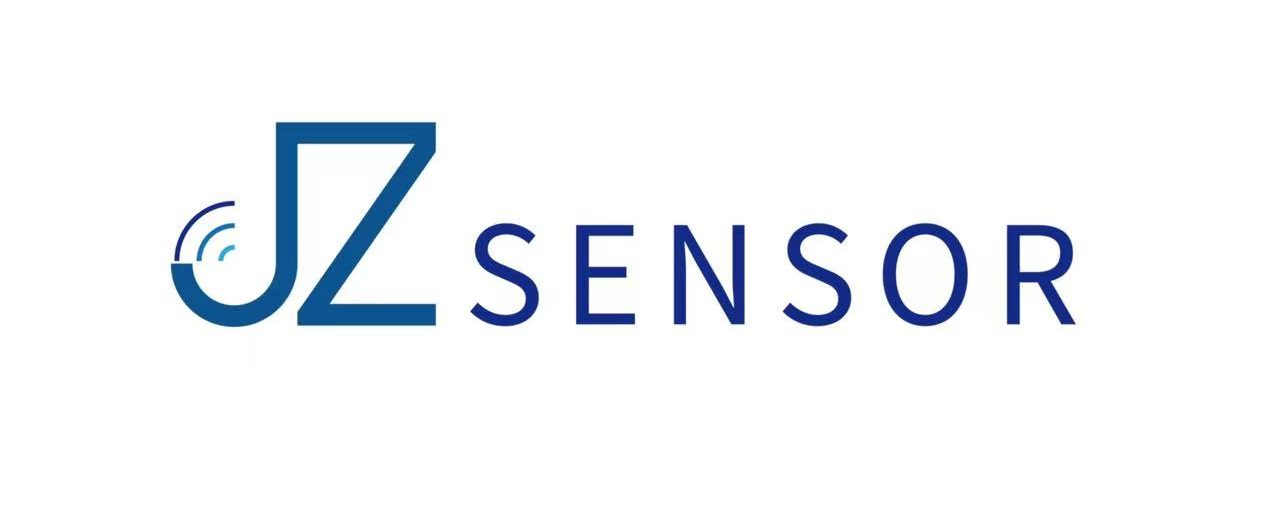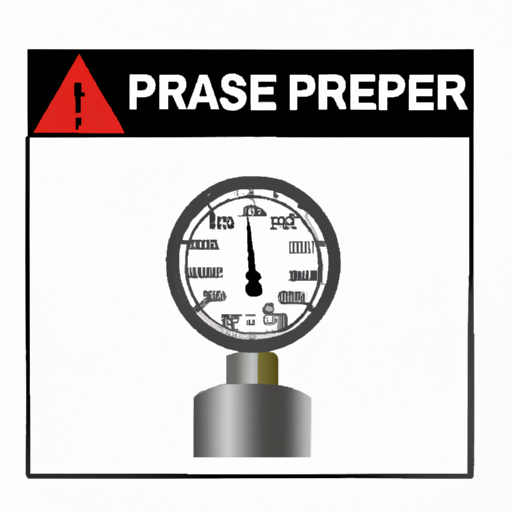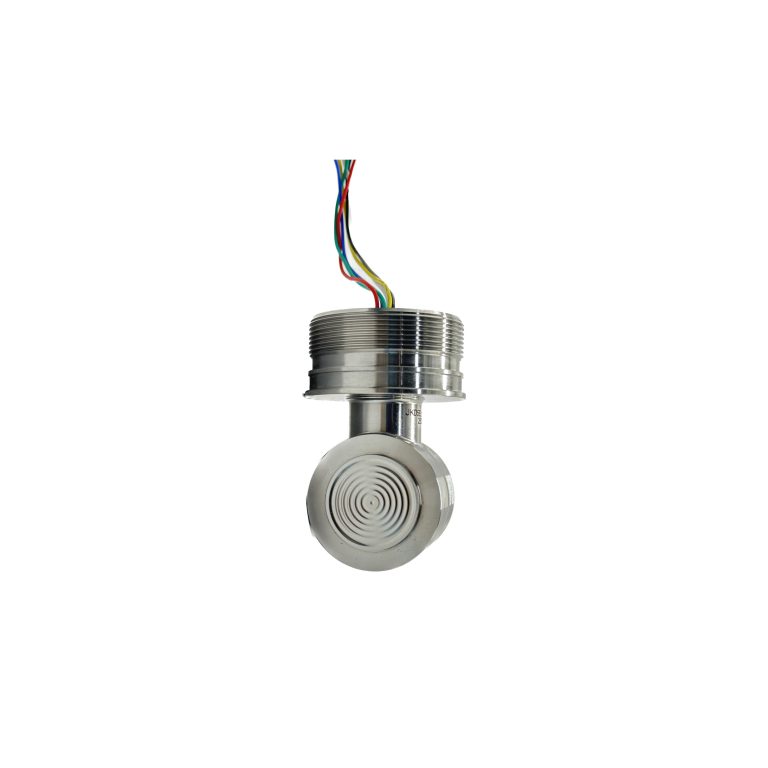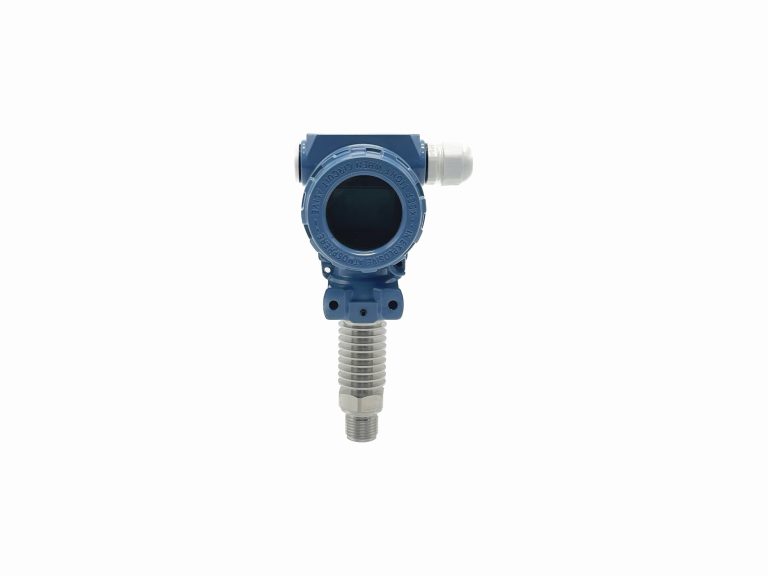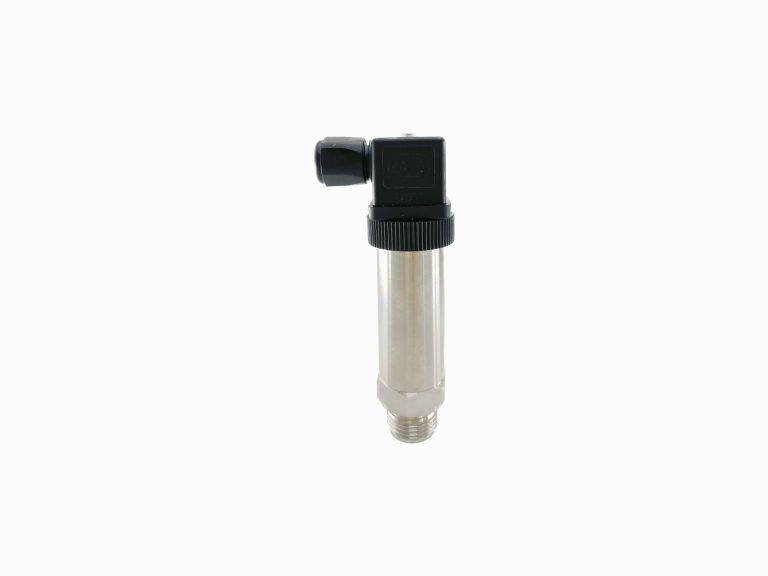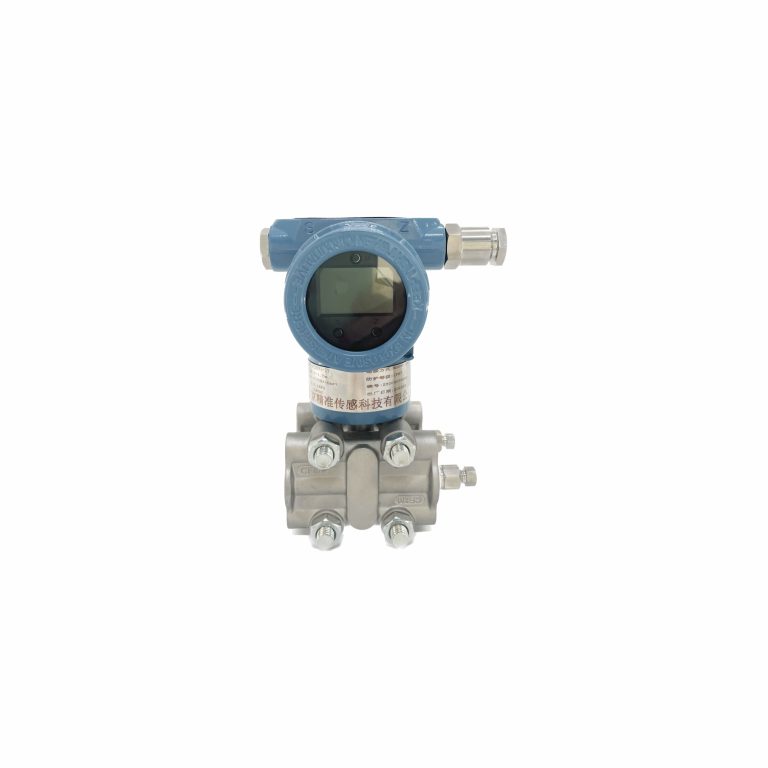Table of Contents
Benefits of Pressure Transmitter Calibration Using HART Communicator
Pressure transmitter calibration is a critical process in ensuring the accuracy and reliability of pressure measurements in industrial applications. Calibration involves adjusting the output of a pressure transmitter to match a known standard, typically a reference pressure gauge. This ensures that the transmitter provides accurate and consistent readings, which are essential for maintaining process efficiency and safety. One of the most common methods of calibrating pressure transmitters is using a HART communicator. HART (Highway Addressable Remote Transducer) is a communication protocol that allows for two-way communication between a field device, such as a pressure transmitter, and a control system. HART communicators are portable devices that can be used to configure, calibrate, and troubleshoot field devices in the field without the need for additional equipment. There are several benefits to calibrating pressure transmitters using a HART communicator. One of the main advantages is the convenience and efficiency it offers. HART communicators are portable and easy to use, allowing technicians to perform calibration tasks quickly and accurately in the field. This eliminates the need to bring the transmitter back to a calibration lab, saving time and reducing downtime. Another benefit of using a HART communicator for pressure transmitter calibration is the ability to perform remote calibration. With a HART communicator, technicians can access and adjust the settings of the transmitter from a distance, without having to physically interact with the device. This is especially useful for transmitters located in hard-to-reach or hazardous areas, where manual calibration would be difficult or dangerous.Step-by-Step Guide to Pressure Transmitter Calibration with HART Communicator
Pressure transmitter calibration is a crucial process in ensuring the accuracy and reliability of pressure measurements in industrial settings. One of the most common methods used for pressure transmitter calibration is using a HART communicator. HART (Highway Addressable Remote Transducer) communicators are widely used in the industry for configuring and calibrating field devices, including pressure transmitters. To begin the calibration process, the first step is to connect the HART communicator to the pressure transmitter. This is typically done using a HART modem or a HART-enabled process automation system. Once the communicator is connected, the next step is to power on the pressure transmitter and the communicator. The communicator will then establish communication with the transmitter, allowing you to access its configuration and calibration settings. Once communication is established, you can begin the calibration process by accessing the calibration menu on the HART communicator. This menu will typically allow you to set the desired pressure range for calibration, as well as other parameters such as zero and span values. It is important to refer to the transmitter’s documentation for the correct calibration procedure, as different transmitters may have different calibration requirements.| Measuring medium | Gases, vapours, liquids |
| Inaccuracy | ±0.075% |
| stability | ±0.1%/3 years |
